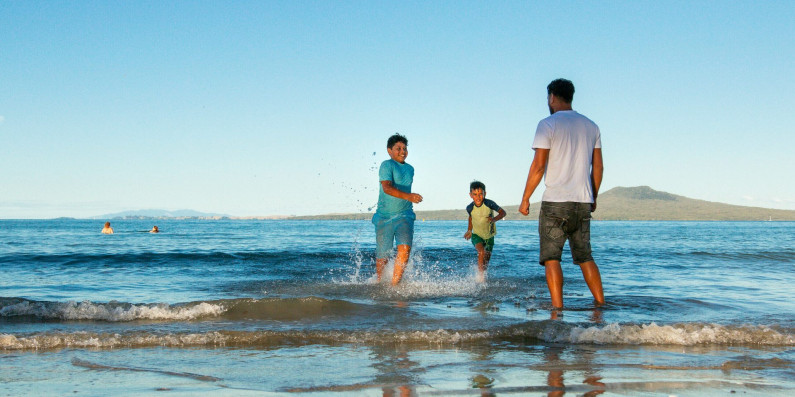
Latest state of the marine environment report released
A sobering picture of the current state and future prospects of Aotearoa New Zealand’s marine environment is detailed in a new report released today.

A sobering picture of the current state and future prospects of Aotearoa New Zealand’s marine environment is detailed in a new report released today.
‘Our Marine Environment 2022’, jointly produced by the Ministry for the Environment and Stats NZ, shows aspects of the marine environment are at risk due to climate change, pollution, human activity and other pressures.
The report, the third in the ‘Our Marine Environment’ series, examines the most pressing issues in New Zealand’s oceans, seas, coastlines, and estuaries.
It brings together previously released data and recent research to highlight the main pressures on the marine environment, along with indicators and evidence about the state of the environment and how it is changing. The report also looks into the impacts of those changes on nature, people, sectors and communities.
“Data and research updated since the 2019 ‘Our Marine Environment’ report show climate change is continuing to drive ocean acidification, raise sea levels, and increase sea surface temperatures,” says Natasha Lewis, Deputy Secretary Joint Evidence, Data and Insights at the Ministry for the Environment.
“Another finding is that coastal and estuarine water quality improved in some places and for some measures but was worsening in others. Human activities like land use intensification, urban development and agriculture can contribute to poor water quality.
“When the marine environment is under stress, it can affect ecosystems and things that are important to New Zealanders.
“For example, climate change is causing sea level rise, which impacts coastal communities, sites of cultural and ecological significance, and marine species. Sedimentation and pollution affect water quality, which can threaten biodiversity and public health,” she says.
The report’s findings are based on official sources including Crown research institutes, central government agencies and local government bodies. Supporting information comes from peer reviewed published literature and other reputable sources. This includes mātauranga Māori and observational tools that identify changes in ecosystems.
Climate change-related indicators show that around Aotearoa New Zealand:
Coastal and estuarine water quality data from monitoring sites around the country where trends could be assessed between 2006-2020 show:
Impacts of climate-related changes include:
Impacts of poor water quality and pollution include:
‘Our marine environment 2022’ continues the shorter format used in ‘Our air 2021’. Upcoming reports in the series – including the next ‘Our Freshwater’ report early next year – will likely follow a similar format. This will continue while the Ministry focuses on improving the environmental monitoring and reporting system, as recommended by the Parliamentary Commissioner for the Environment.
For further information and requests for comments about the report, contact the Ministry for the Environment media team:
027 231 6930
media@mfe.govt.nz
For technical information about the data indicators, contact the Stats NZ media team:
Under the terms of the Environment Reporting Act, reports are produced and published independently of any Minister of the Crown by the Ministry for the Environment and Stats NZ.